
The Jamboree of Peace
The peace following the War was a recurring motif of the jamboree. It had been planned for 1941, but had to be postponed due to the conflict. An unofficial theme of the ‘Jamboree of Peace’ developed as over 24,000 scouts from 38 countries were in attendance at a campsite in Moisson, France. Formerly a Luftwaffe bombing range, it now served as a testament to international coexistence and cooperation.
The Jamboree that Almost Wasn’t
Two years after the end of World War II, countries across the globe were still recovering. Organizing transportation was difficult for most nations, and for Canadians travel to Europe was impeded by lack of accessible transportation by boat.

The Issue of Travel
Regardless of how well it had been planned, Canada faced a shortage of ship berths resulting from World War II. Regardless of how well planned Canadian Scouts were, it seemed there was simply no option for reaching the Jamboree.
Enter the Canadian Government.
After plans to attend had been cancelled, the Minister of Defense arranged for transport from Halifax in a way which was unique to this Jamboree. That is to say, the Canadian Scouting Contingent to the Jamboree of Peace set out aboard the HMCS Warrior, the only aircraft carrier in the Canadian navy.
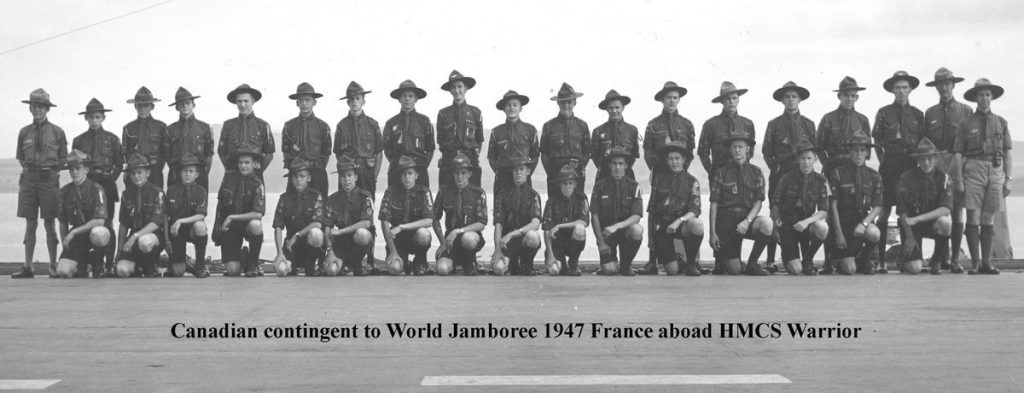
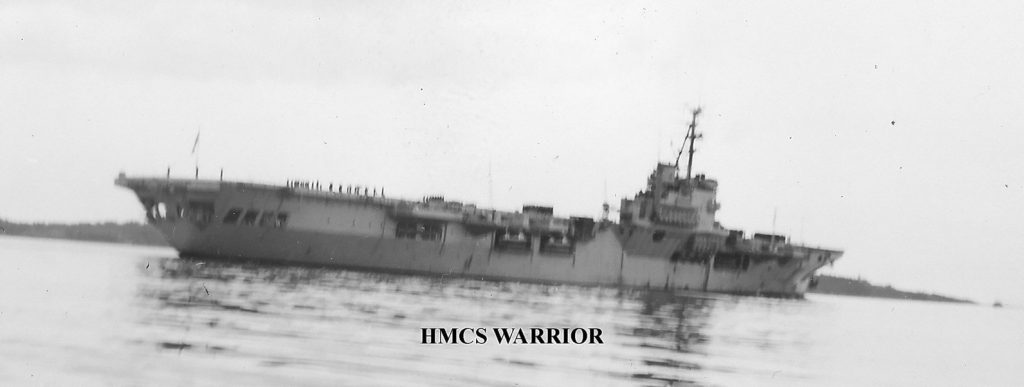
A Pan-Canadian Venture
The Contingent that assembled consisted of 32 scouts and three leaders from across the nation. Most traveled to Halifax by train. Three scouts came from British Columbia, joined by two in Alberta and two in Saskatchewan. In Manitoba three more, then the largest group in Ontario, where twelve Scouts boarded. Five in Quebec, one New Brunswick and one Prince Edward Island. Finally two local Nova Scotia Scouts completed the contingent. (Newfoundland, of course, would not join Confederation for two more years.)
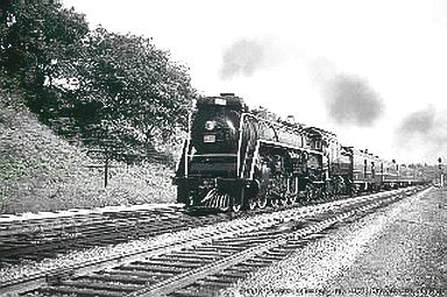
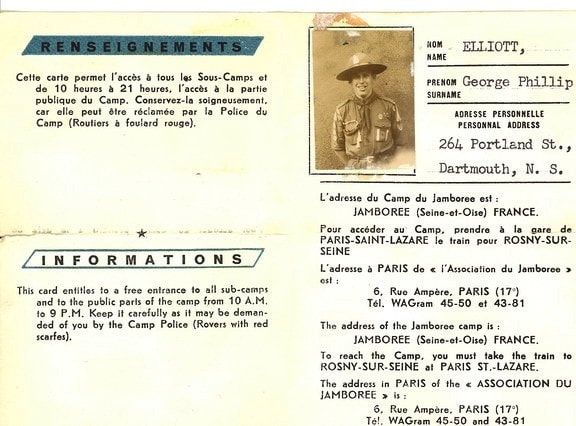
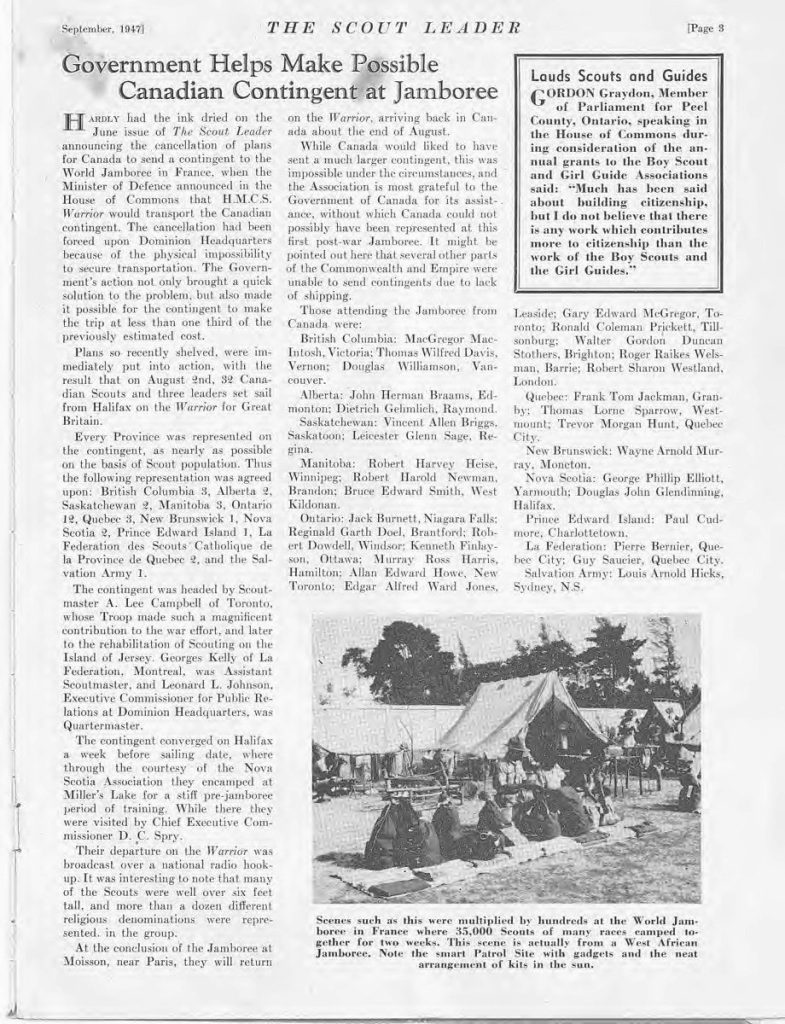
The Journey Out of Canada
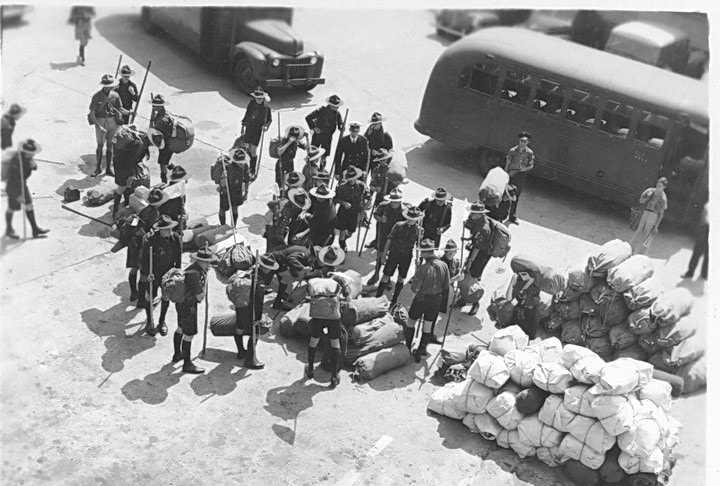
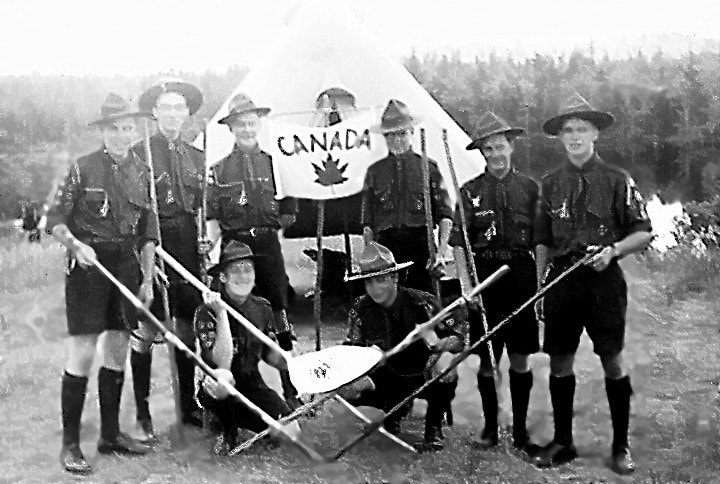
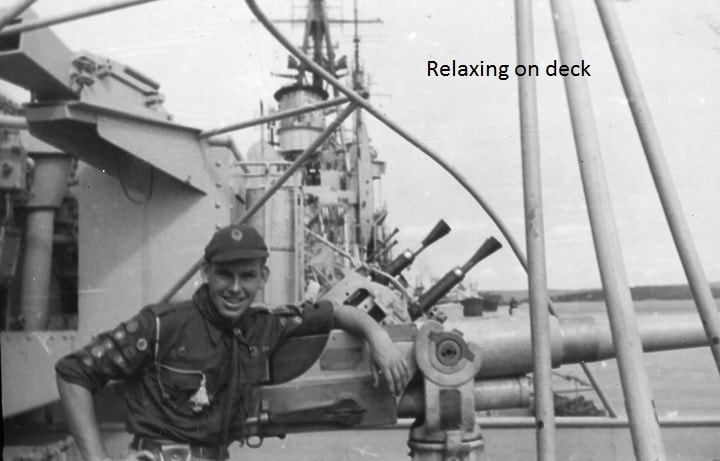


Arrival in Europe
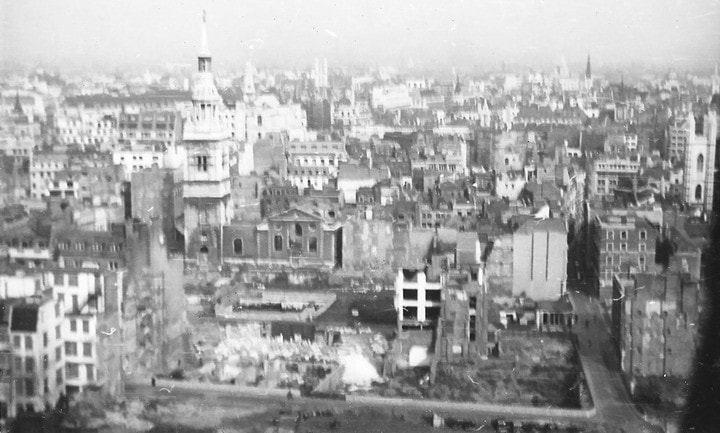
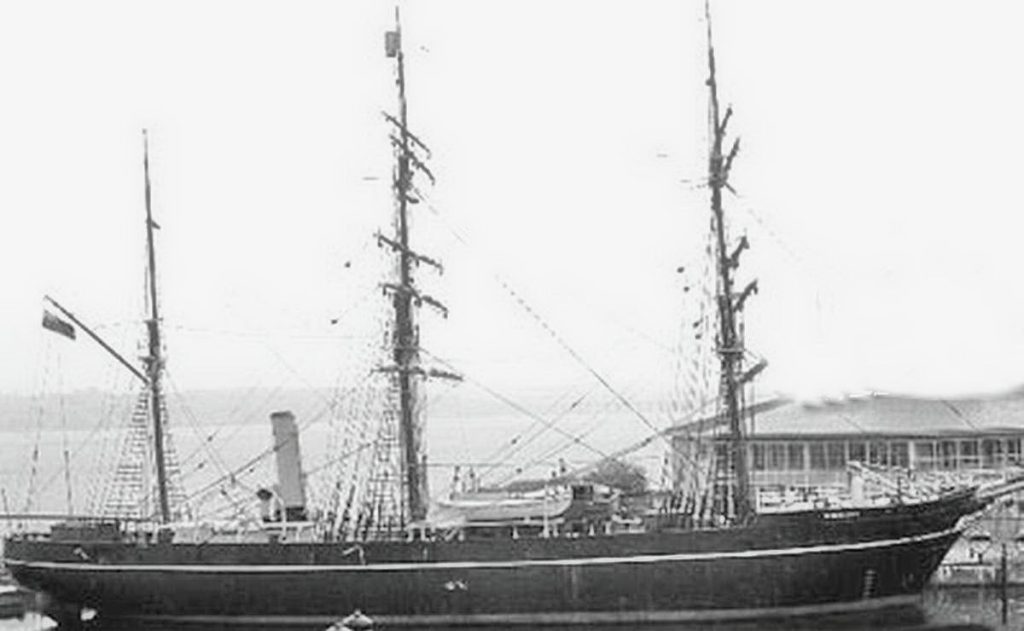
Two years after the Second World War Ended, there was still a long way to go to rebuild London. When the scouts stayed there on their way to the Jamboree, the effects of years of bombing were all too present.
The damage left few options to spend the night, and the solution was even more surprising than their transport across the Atlantic. They were put up in none other than the RRS Discover, the ship which carried Robert Falcon Scott’s historic expedition to the South Pole in 1901!
